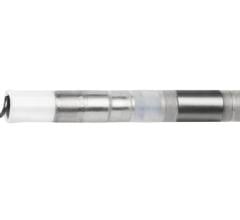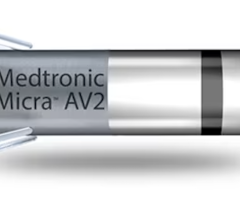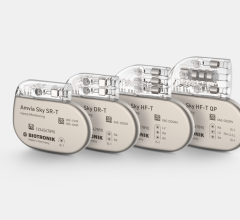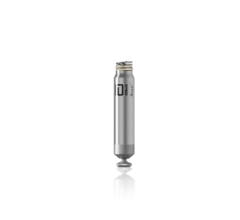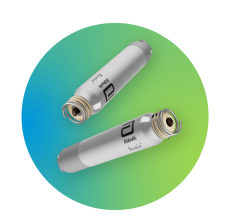May 11, 2007 — St. Jude Medical Inc. has announced FDA approval of its new OptiSense lead, a first-of-its-kind "smart" pacing lead designed to offer more accurate sensing in the upper chamber of the heart (right atrium).
The lead incorporates a new tip design that reduces extraneous signals from the heart's lower chambers (ventricles) that can interfere with a pacemaker's sensing mechanism and disrupt optimal therapy.
The OptiSense lead's improved sensing of desired electrical signals in the atria allows physicians more flexibility in programming atrial sensitivity settings while avoiding sensing signals from the ventricles. This allows for more accurate detection of impulses from the patient's atrium.
Reducing the detection of unwanted signals, the OptiSense lead may also provide physicians greater freedom in lead placement options. Leads may be able to be placed in areas, such as the lower inner atrium, that may be optimal for pacing, but that may have previously been ruled out because of interfering signals from the heart's lower chambers.
The improved sensing performance of the OptiSense lead is a result of an innovative 1.1 mm tip-to-ring spacing, which reduces oversensing of far-field R-wave signals (an electrical signal originating in the lower chamber of the heart and sensed by the lead in the upper chamber of the heart).
Conclusion highlights from the OptiSense Lead Clinical Study, which were presented during the Featured Poster Session at the Heart Rhythm 2007 meeting on May 9, include:
• The OptiSense lead had no evidence of paced far-field signals in 90.9 percent of patients compared to 40.9 percent of the control patients (p less than 0.0001).
• The OptiSense lead group exhibited a highly statistically significant reduction (p = 0.03) in the percentage of patients in appropriate mode switching (6.9 percent of OptiSense patients versus 25.7 percent of control group patients) as well as a highly statistically significant reduction (p = 0.009) in the percentage of episodes of inappropriate mode switching (3 percent versus 49 percent). Inappropriate mode switching is not desirable because, if it occurs, it can cause a loss of synchrony between the upper and lower chambers of the heart.
For more information visit www.sjm.com.

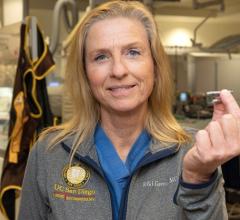
 March 26, 2024
March 26, 2024 

